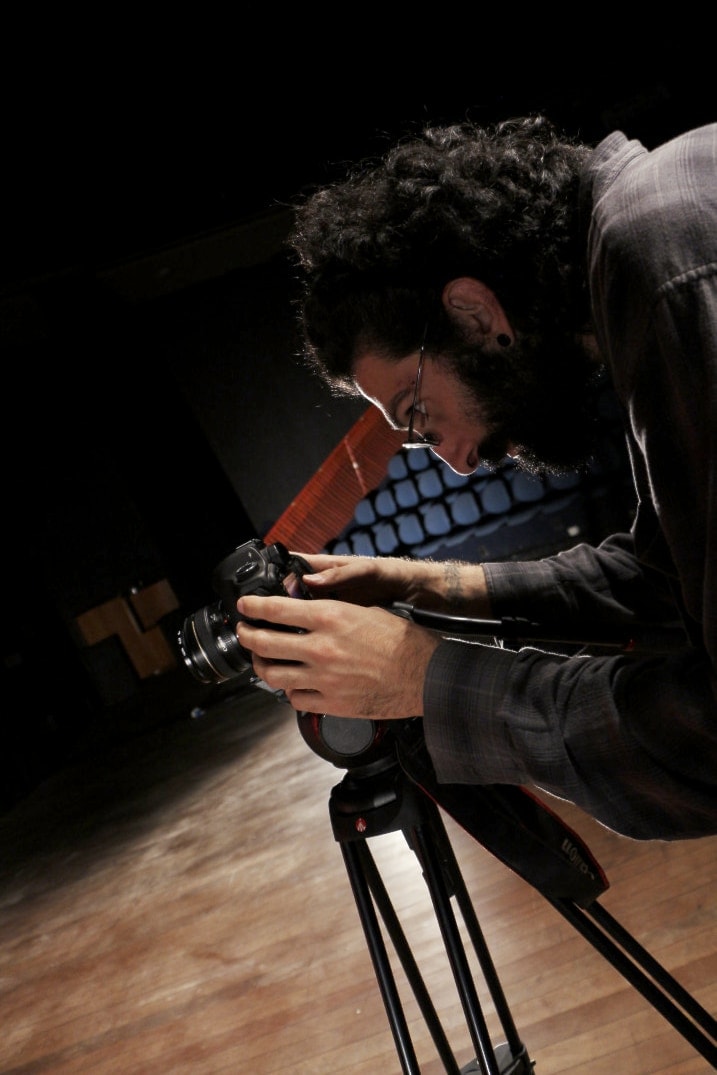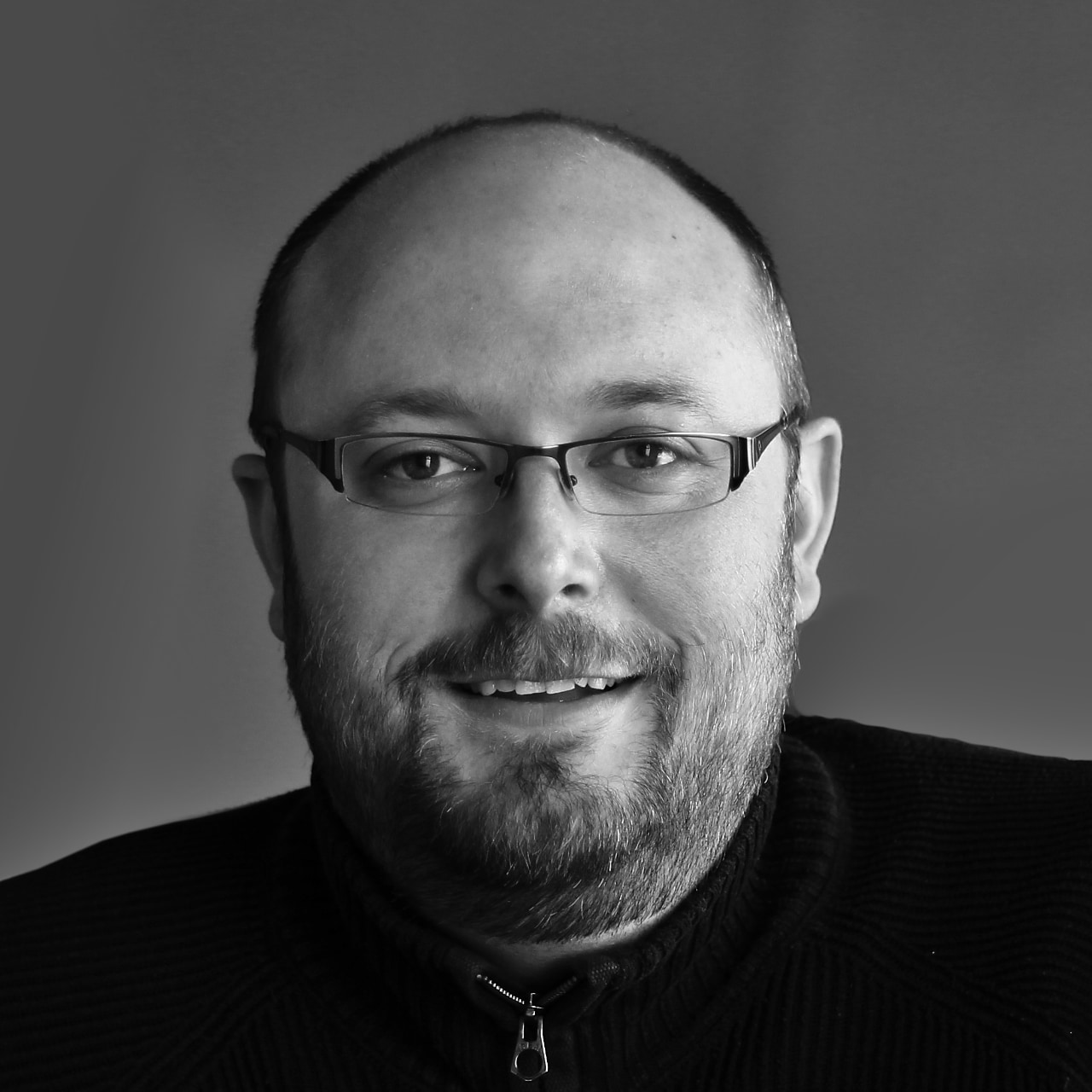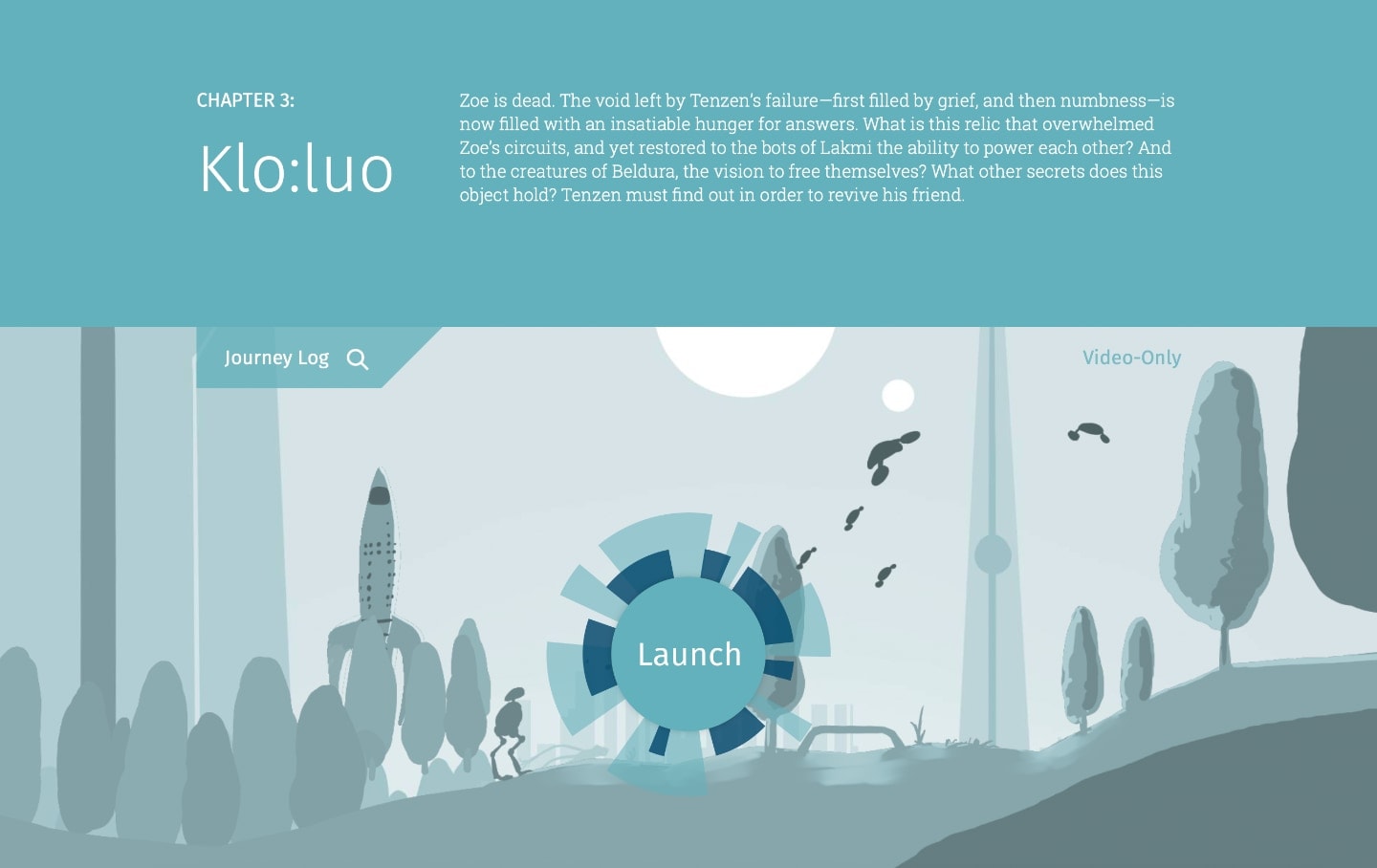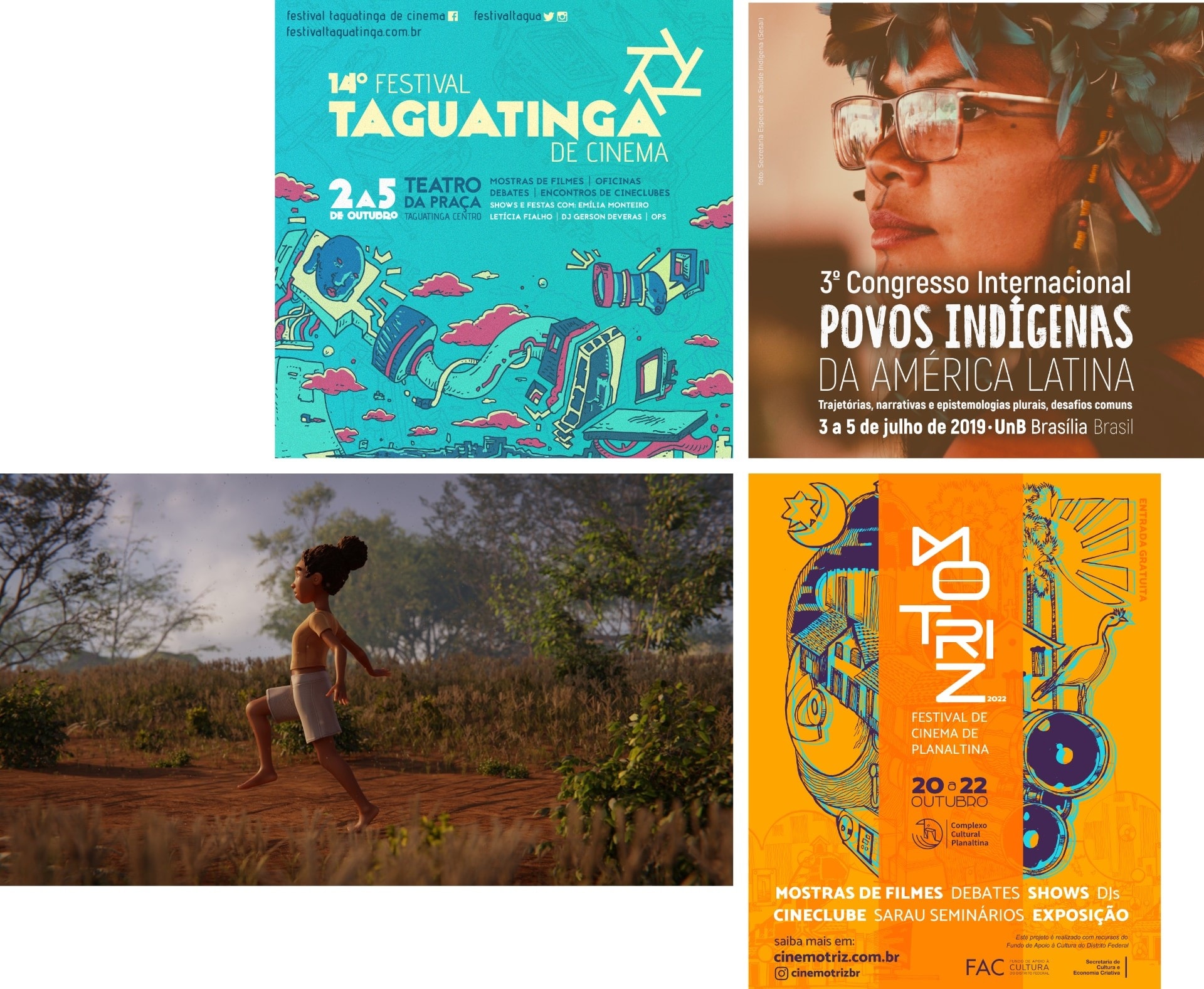20/10/2022
Who Needs Adobe? These Design Studios Use Free Software Only
In January 2021, Dylan Field, the young co-founder of Figma, a popular UX design tool, said that “our goal is to be Figma, not Adobe” in a conversation in which some users, all of them dissatisfied with Adobe, speculated how long it would take for Figma to overthrow the Photoshop maker.
Almost two years later, in September 2022, Adobe bought Figma for USD 20 billion and Dylan, on the very same Twitter, seemed excited about the news that his company had just become Adobe.
Adobe is an industry titan, owner of apps that are benchmarks, almost standards in digital creative production, such as Photoshop, Premiere, and Illustrator. “Photoshopping” did not become a verb for nothing.
In parallel to developing its own tools to serve designers around the world, Adobe keeps an eye on the competition and spares no effort to neutralize threats — case in point: Figma.
Buying out smaller rivals with great potential is a common expedient for large companies. And Adobe, a USD 139 billion company, is huge by any standards and acts like one.
The risk that monopolies pose is common knowledge. The absorption of Figma by the largest company in its field has sounded the alarm in regulatory bodies and has been a cold shower for creative professionals who depend on Figma and other independent solutions that Adobe has yet to get its hands on.
Is there a way out? Or, put another way, is it possible to guarantee software independence in perpetuity, even more so in this (long) period when not only Adobe, but the entire technology sector seems to be heading towards consolidation?
The freedom of free (as in freedom) licenses
It is hard to predict the future, but one can state without fear of error that, yes, there are softwares that don’t risk being sold: those distributed under free licenses, such as GPL and MIT.
Without going into philosophical or legal details (which are many, varied, and complex), free (as in freedom) licenses guarantee universal access and bulletproof a project from hostile acquisitions. They can also contain provisions to prevent abuse, promote healthy development and, in extreme situations, allow dissatisfied users to split from the original project (the so-called “fork”) and continue working under their own terms, benefiting from everything that has been done so far.
Free software belongs to everyone and no one at the same time.
Anyone who has ever ventured into Linux on personal computers has come across a number of applications that look a lot like the more famous, commercial ones. Things like LibreOffice, which resembles Microsoft Office, or GIMP, often called the “Photoshop of Linux” (although it’s also available for macOS and Windows and, apart from being an image editor, in no way resembles Adobe’s Photoshop).
In digital design, there are alternatives to virtually all of the commercial/proprietary applications from Adobe and other large companies, such as Autodesk, owner of 3ds Max and AutoCAD.
Vector illustration? Inkscape. Desktop publishing? Scribus. Graphic editing? Besides GIMP, there’s also Krita. Video editing? Kdenlive, Shotcut, OpenShot. Audio editing? Audacity, Ardour.
The low popularity and different workflows and tools make many people reject the free ones, even if they are free as in free beer. Are they worse? Better? Maybe there is no basis for this kind of comparison. They are different indeed, and this scares those who grew up and learned to create with pirated versions of Photoshop and Illustrator or got used to them paying less as students, in the special plans and bundles for this demographic.
Nevertheless, news such as Adobe’s purchase of Figma may serve as motivation for deep changes. I spoke with two design studios that work exclusively with free software — Gunga in Brazil, and Freehive in the United States — to find out what it is like to offer design and digital communication services, in a competitive way, without depending on Adobe or any other commercial software.
Gunga

Farid Abdelnour.
Founded in 2008 by Farid Abdelnour and Nara Oliveira in Taguatinga, in the Federal District, Brazil’s federal capital, Gunga is proud to work only with free software. “One thing was very strong when we set up [the studio]: we wanted something consistent with our worldview,” explains Farid, who was born in Lebanon and immigrated to Brazil in 2003.
Farid and Nara met a year before Gunga was founded, when they both participated in the movement of “cultural points”, regular meetups attended by people interest in culture. He brought in a strong background in free software, the result of working with researcher Etienne Delacroix at the University of São Paulo. She was already a designer and involved in popular culture.
Prior to the foundation, the duo did some one-off work for external clients. “It was a combination of factors,” explains Nara. “Our jobs were finding each other and there was this need to have a CNPJ [register as a company in Brazil]. So we went down this path and we are still here.”
Gunga works on three fronts: web development, audiovisual, and graphic design. Farid is responsible for the first two, and Nara for the graphic arts. “On paper”, as they say, there are only the two of them at Gunga, but depending on the project, a network of collaborators aligned to the studio’s values is set in motion. The largest ones involve up to 20 people.
On a daily basis, Nara uses apps such as Inkscape, GIMP, Krita, and Scribus on her computer running Manjaro. “I’m not that geeky,” she laughs, “but I’ve been gaining my independence [in using Linux]. Right, Farid? I hardly talk to you about it.”

Nara Oliveira.
Farid uses Arch Linux. For web development, he uses WordPress and custom JavaScript code. For audiovisuals, Kdenlive, Blender, Ardour, and Audacity.
His relationship with Kdenlive goes beyond use. Farid actively participates in development, helping to find bugs and fix them. “I realized that [in the beginning] it was a lot of pain to edit a video, and I started to be a part of it: if I saw a problem, I reported it, helped to debug it,” he says.
Gunga serves eight to ten clients a month and does about 60 projects a year. NGOs, cultural production companies, institutes, and even government agencies are on the client list. “We both have houses, I have children… We support ourselves with Gunga, we live well because of Gunga and using free software,” says Farid.
The fact that they use exclusively free software has rarely been a problem. With customers, it is usually a differential, as Nara explains: “Some don’t even know what [free software] means, and they learn about it when they work with us. Others seek us out because we work with free software.”
In the past, the duo had some headaches in projects involving third parties: proprietary file formats that don’t talk to the applications they use and a lack of standards in places that print their work.
The situation has improved because, even though such advances are not always tied to free software, the demand for independence from closed solutions is common to more people and has made a difference.
“The industry realizes it can’t be held hostage to the monopoly of one company,” Farid says. “There are formats emerging that are kind of general, that all programs can use and communicate, have interoperability. It’s getting easier and easier to work with free software.”
Freehive: From Blender to the free software-only

Ryan Gorley.
Ryan Gorley studied architecture as undergraduate in college, but instead of following that path, he went to work as a graphic designer for an online retail company. “I liked the opportunity to express creative ideas faster and with fewer physical constraints,” he says in an email interview.
At the retailer, he led the creative team and at one point became responsible for the entire marketing team of the company. During this period he took an MBA and learned all he could about marketing. This mix of practical and theoretical experience would become even more important after 2010, when Ryan quit his job to start his own business.
G86, the original name of his studio, started small and grew, but not by much. “I had worked with big teams and prefer smaller organizations with people who are self motivated and skilled at what they did,” he says.
Among small and local clients, in 2012 Ryan had the opportunity to work with Amazon on promoting a “secret project” called Dash. Until then, his agency used proprietary software only. In Dash project, all the animation was done in a free software, Blender.
“I had dabbled with Ubuntu when I started the business, but struggled to make the switch over to a Linux desktop because of my dependence upon Adobe software,” he says. In this scenario, Blender fit more easily into the workflow, and with the success in the Amazon Dash campaign, it started to be used in other projects in his studio.
Things were going well, but a frustration with Adobe was growing within Ryan. “When they started promoting their optional subscription plans, it was clear to me from my marketing training where things were going and that the point was not to make better software but to solidify their market dominance and to grow their profits,” he recalls.
The rest is history, and Ryan’s hunch proved accurate: subscriptions became mandatory and, given the financial success of Adobe’s turnaround, other companies, such as Autodesk, followed suit. This was the final straw that prompted Ryan to begin exploring a full migration to free software.
The idea, however, was poorly received by his team, who reacted with “complaints of a specific feature or two that is missing, and a general discomfort re-learning how to do certain tasks.” Having lost the battle, Ryan resigned himself to using his preferred applications for small tasks in the studio.
In late 2017, two of his longest and most trusted employees left — amicably and for other reasons. What at first seemed like a death sentence for his studio turned out to be an opportunity.
Ryan closed the physical office and became directly involved again with the creative process from his home in Salt Lake City, Utah. At the time, he was already volunteering for the Inkscape project and was preparing to make his debut at free software events at the Southern California Linux Expo (SCaLE). There, he met with other professionals in the area who were also using free software and started hiring them as freelancers. “What bound us together wasn’t a creative space but a shared passion.”
Around this time, System76, an American computer manufacturer specializing in Linux, hired Ryan for the interactive launch campaign for the Thelios computer.
“This was the biggest single project I had ever undertaken,” he recalls, “amounting to over 500 hours of work in about 3 months. It was a true test of the new company and new way of working using only free software. It worked, and the company was renamed Freehive.”

Unlike Farid and Nara, Ryan started using free software for a very pragmatic, non-philosophical reason: the software he needed to do 3D modeling, sold by Autodesk, was too expensive. On the website next door was a free alternative called Blender.
“Blender is fantastic and every creative professional on the planet, regardless of the other software they use, should learn Blender and incorporate it into their work,” he says enthusiastically.
What came next was more of a response to the business practices of the big companies. In a prescient comment (we spoke in August, about a month before Adobe announced the purchase of Figma), Ryan explained that while he knows of smaller apps from other companies with fairer business models, “any of these competitors could be bought up by Adobe or Autodesk the moment it became too expensive to compete with them.”
“The only software that cannot be bought out is freely licensed software. It has become my mission to prove that creative professionals can use this software.”
Like Gunga, Freehive has never lost customers because it uses GIMP instead of Photoshop or Inkscape instead of Illustrator, but transient pains emerge when external collaborators are involved in projects and incompatible file formats enter the picture.
Ryan raises another issue that is a bit bothersome to him: the presentation of these apps to clients. Often, their websites don’t reflect the professional quality that the software is capable of. “We’re looking for ways to work around that because we want to convince some clients to try these alternatives instead of the proprietary software they’re using,” he says.
Free software activism, on the other hand, has yielded contracts. In addition to System76, Freehive has done work for other heavyweights in the area, such as Canonical (from Ubuntu), Gnome, Elementary, and Recon InfoSec.
The road to free software in design

Some works from Gunga.
The beauty of free software is that the choice for it transcends purely objective criteria. Is it possible to use apps of this kind and remain unaware of the licensing and development model? Yes, but a big part of the appeal is, precisely, not to stay oblivious; it is to get involved.
For Nara, “it’s a bit of looking for where you want to be,” because the choice to work with free software implies other choices and connections. She thinks that the technical part, or the difficulties and differences of the tooling, are less important:
“We are much more mind, idea, knowledge, and ability to translate concepts into visual things, and that is much more a mental knowledge, ours, that we acquire with experience, with study, than software.”
Ryan comments, when he remembers his former team’s resistance to different apps, to free software, that Adobe and other large companies offer discounted or even free plans for students. It’s an investment that pays off because it conditions expensive software on people who are in their formative years, when they are open-minded and able to absorb knowledge. When they leave college, they want to use the software they are used to.
Not that it is an impossibility to change later. Gunga has had trainees who fell in love and took free software for life. “The first step may be a little steeper when choosing free software, but afterwards it’s very fluid and the person can have more autonomy,” says Farid.
For those who already work with closed/proprietary solutions and want to migrate to the free side, Ryan recommends starting slowly. “We made the decision to go all in with free software, it is possible to do so, and we’d love for everyone to do so, but you may not have the confidence yet,” he acknowledges.
He suggests starting small. “Perhaps learn Blender and start to incorporate some 3D into your work. Consider using Inkscape for creating SVG graphics instead of Illustrator. Have some fun sketching in Krita as part of your early creative process.”
With some regret, he recalls that he paid for Adobe’s Creative Cloud subscription for two years after switching to free software for fear of having to open old client projects. “That is one reason why I have no interest in going back to proprietary software and proprietary file formats,” he vents.
And just as Farid got involved in the development of Kdenlive, Ryan urges users to get involved as well — beyond money donations:
“The only request is that where you take, give back as best as you can, and not just in donations. If you stumble upon a bug, report it. If you see a specific way to make the software better, share it. Say thank you when possible. These applications are maintained by small teams of people, and your small contribution can go a long way. When that day comes, like it did for me, that you’re fed up with proprietary software, you’ll be ready to be part of a free future for yourself and those that follow.”
Discuss @ Hacker News.